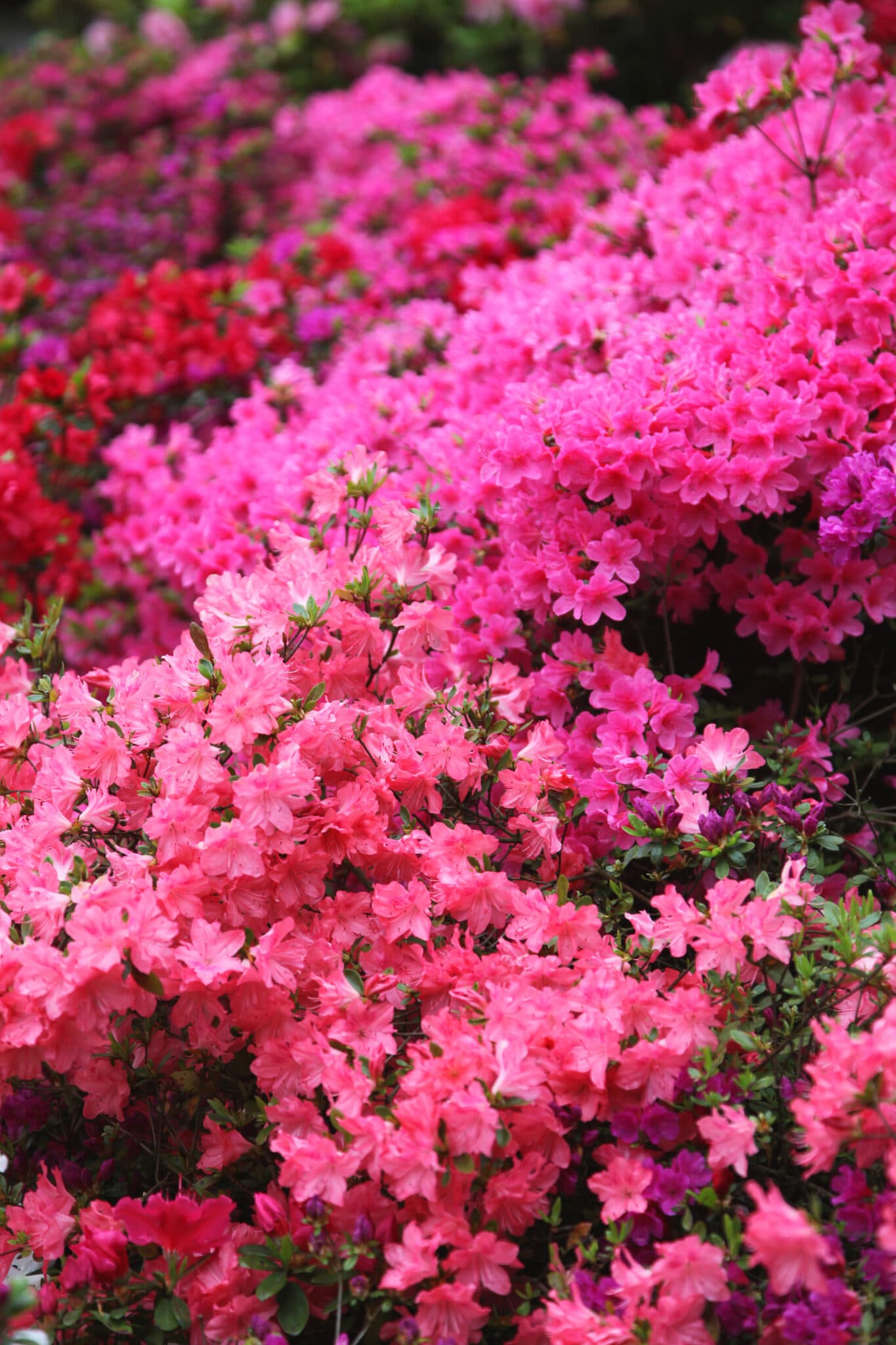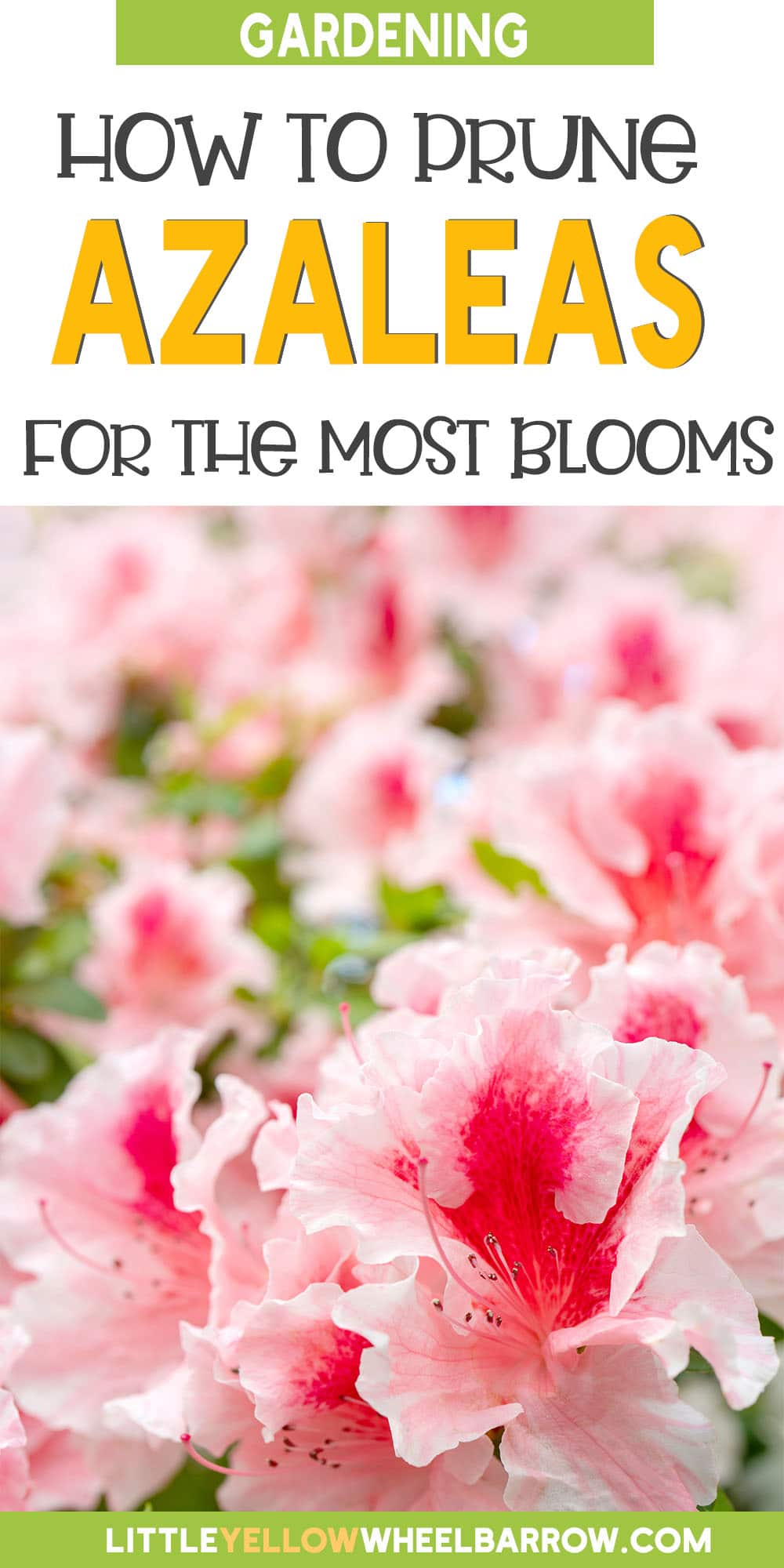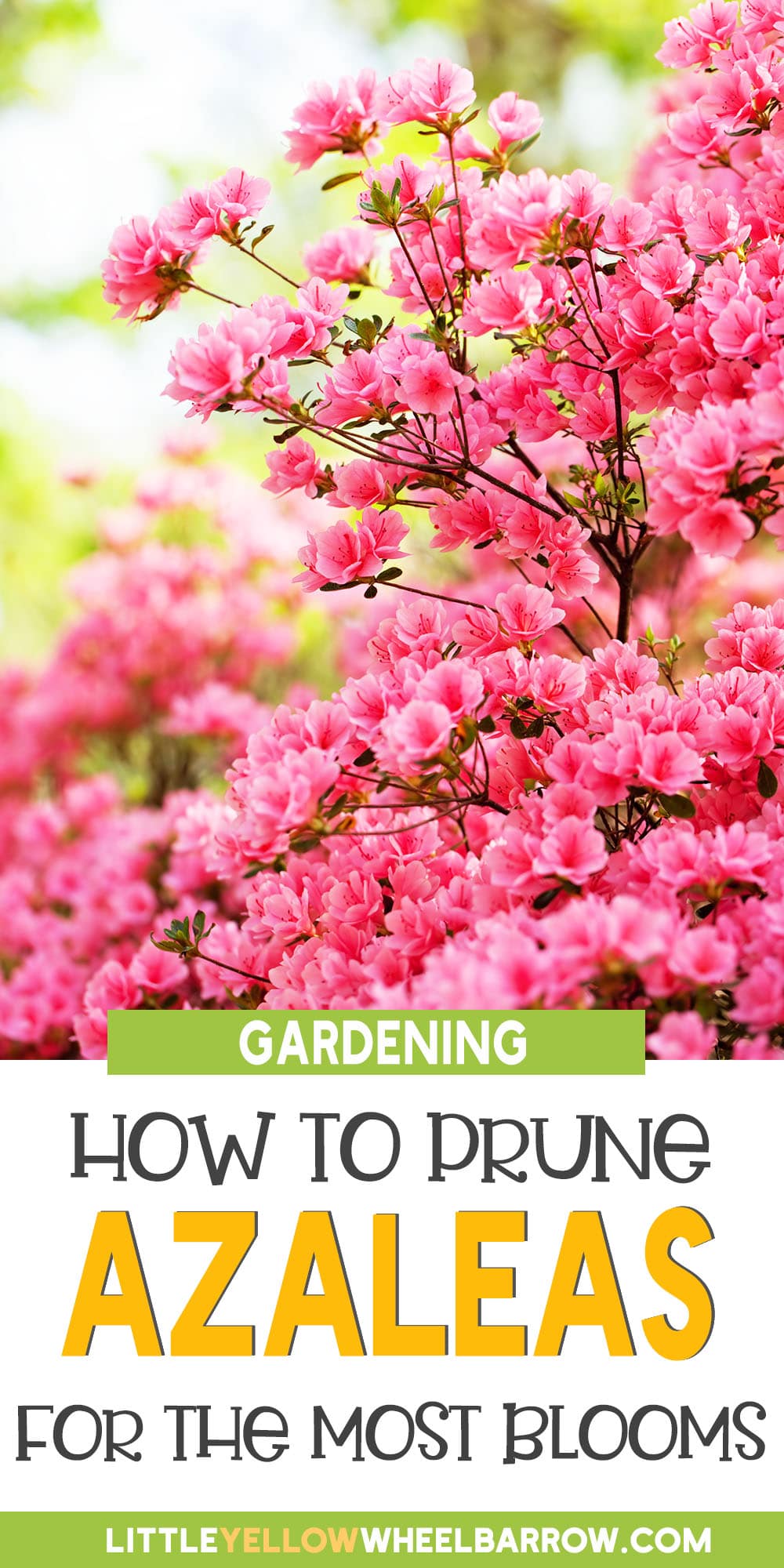How to Prune Azaleas to Keep Them Blooming
For gardening enthusiasts looking to cultivate vibrant and healthy azaleas, understanding how to prune azaleas is paramount. This article is a comprehensive guide tailored to novice and seasoned gardeners, offering step-by-step instructions and insightful tips on how to prune azalea bushes effectively. We will equip you with the knowledge and confidence to transform your azaleas into stunning focal points of your landscape.

This article is intended to clarify the process of azalea pruning and help readers cultivate healthy plants throughout the year. It covers the timing and technique of pruning, as well as common mistakes to avoid and misconceptions to be aware of. By mastering the art of pruning, readers will enhance the aesthetic appeal of their azaleas and foster their overall health and vitality, ensuring years of enjoyment and admiration of these flowering shrubs.
Benefits of Pruning Azaleas
Pruning azaleas is essential for their health and appearance. It helps in maintaining the shape of the bushes while promoting better air circulation and sunlight penetration. By conducting regular pruning, you can prevent your azalea bushes from becoming overgrown, leading to improved growth and more abundant blooms. Proper pruning encourages new growth, which not only enhances flowering but also ensures that your plants remain healthy and vibrant.
- Promotes better air circulation
- Enhances flowering by encouraging new growth
- Prevents overgrowth, ensuring healthier plants
Timing and Frequency
The best timing for pruning azaleas is in late spring. Trimming and shaping are best done immediately after flowering before early summer. Pruning after flowering will minimize the impact on next year’s blooms.
The flower buds form in late summer and early autumn, so any pruning that is done any later than early summer will impact the number of flowering new stems and new buds that can develop in time for the next year’s blooms.
Although pruning in early fall will impact flowering the following year, it will not hurt the plant.
You can trim a little to keep the natural shape, or you can trim azaleas a lot to conform to the shape you want in your garden.

Remove dead and diseased branches
Inspect the azalea thoroughly for any dead, damaged, or diseased branches. These branches not only detract from the plant’s appearance but can also harbor pests and diseases that could spread to healthy parts of the plant.
Using sharp, clean pruning shears, carefully trim these branches back to the main stem or a healthy lateral branch. Removing diseased wood helps prevent the spread of pathogens and promotes overall plant health.
Shape and Thin Out the Canopy
To maintain a compact, well-balanced form, selectively prune branches that are crossing, rubbing, or growing inward. Aim to create an open canopy by thinning out overcrowded branches, allowing adequate air circulation and sunlight penetration throughout the plant.
This practice reduces the risk of disease and encourages uniform growth and flowering across the entire azalea.

Prune for Rejuvenation
For overgrown or leggy azaleas, consider rejuvenation pruning to stimulate new growth and rejuvenate the plant.
Cut back one-third of the oldest branches to the base, encouraging vigorous new shoots to emerge from the remaining wood. This process helps revitalize older azaleas, promoting denser foliage and more prolific flowering in subsequent seasons.
Only remove a few branches each year for the best results. Leggy branches should be removed during the plant’s dormancy period in late winter.
Step Back and Assess
Throughout the pruning process, step back periodically to evaluate the plant’s shape and symmetry. Aim for a natural, harmonious appearance, avoiding over-pruning or excessive shaping that may compromise the azalea’s aesthetic appeal.
Regular maintenance pruning, combined with thoughtful observation, will help keep azaleas healthy, vibrant, and visually pleasing year after year. Remember, patience and attention to detail are key to successful azalea pruning.

Deadheading
Deadheading is removing all the old flowers from a plant. Think of it like a very light pruning. With azaleas, deadheading is very important to start early on; it will help shape the plant, and once shaped the plant will require minimum pruning.
Deadheading also allows the plant to put its energy and focus on growth instead of seed production.
Spent flowers can also mold and cause disease.
To deadhead the flowers, you can either use your fingers and pinch off the flowers or use small pruners.
Note: You will not need to deadhead if you have evergreen azaleas.

Expert Tips:
- Timing is Key: Prune azaleas immediately after flowering to avoid cutting off next year’s flower buds. Late spring or early summer is generally the best time for pruning.
- Selective Pruning: Rather than pruning heavily, focus on selective pruning to remove dead, damaged, or diseased branches. This helps maintain the natural shape of the azalea while promoting overall plant health.
- Mindful Shaping: When shaping the azalea canopy, step back periodically to assess its symmetry and balance. Aim for a natural, harmonious appearance, avoiding over-pruning or excessive shaping that may compromise the plant’s aesthetic appeal.
- Rejuvenation Techniques: For older or leggy azaleas, consider rejuvenation pruning by cutting back one-third of the oldest branches to the base. This stimulates new growth and helps rejuvenate the plant for better vigor and flowering.
- Tool Maintenance: Keep pruning tools sharp and clean to ensure clean cuts and minimize damage to the azalea. Regularly sanitize tools with a solution of one part bleach to nine parts water to prevent the spread of diseases between plants.
FAQ:
Don’t be tempted to use a hedge trimmer on your beautiful azaleas! A hedge trimmer will cause too much damage to the plant and make the shrub look ratty. In addition, the ragged cuts on the tips will heal slowly and keep the plant open to fungal diseases for far too long. It is better to go slow with a sharp manual clipper to make clean cuts.
You will want to prune azaleas right after they bloom in late spring. Pruning any later can remove flower buds and prevent the plant from blooming the following spring.
Azaleas generally require light pruning to maintain shape and encourage growth. Avoid excessive pruning, aiming to remove dead or diseased branches and selectively thin out crowded areas to promote airflow and sunlight penetration.
Basic tools for pruning azaleas include sharp pruning shears or loppers for cutting branches cleanly. It’s essential to use sharp, clean tools to prevent tearing or damaging the plant tissue.
Yes, proper pruning techniques can encourage more blooms on azaleas. Removing dead or overgrown branches and thinning out the canopy promotes new growth and increases flowering potential in the following season.

How to Prune Azaleas
Learn how to prune azaleas for vibrant, robust, healthy plants.
Tools
- Clean, sharp pruning shears or loppers.
- Gardening gloves.
Instructions
- Prune azaleas is in late spring. Trimming and shaping are best done immediately after flowering before early summer.
- Inspect the azalea thoroughly for any dead, damaged, or diseased branches. Using sharp, clean pruning shears, carefully trim these branches back to the main stem or a healthy lateral branch.
- Selectively prune branches that are crossing, rubbing, or growing inward. Aim to create an open canopy by thinning out overcrowded branches, allowing adequate air circulation and sunlight penetration throughout the plant.
- For overgrown or leggy azaleas, consider rejuvenation pruning to stimulate new growth and rejuvenate the plant. Cut back one-third of the oldest branches to the base, encouraging vigorous new shoots to emerge from the remaining wood.
- Throughout the pruning process, step back periodically to evaluate the plant's shape and symmetry.
- Periodically deadhead spent flowers to encourage new blooms.
Notes
Selective Pruning: Rather than pruning heavily, focus on selective pruning to remove dead, damaged, or diseased branches. This helps maintain the natural shape of the azalea while promoting overall plant health.
Tool Maintenance: Keep pruning tools sharp and clean to ensure clean cuts and minimize damage to the azalea. Regularly sanitize tools with a solution of one part bleach to nine parts water to prevent the spread of diseases between plants.
Grab Our Ultimate PRINTABLE Garden Planner
With 39 pages of planning and organizing and the ability to customize your planner with the pages you need, you won’t need another planner for the rest of your gardening life!
$4.99 US

Final Thoughts
Mastering the art of pruning azaleas ensures vibrant, healthy plants that thrive year-round. By following the principles outlined in this guide, gardeners can rejuvenate overgrown plants and maintain the natural beauty of established azaleas.
Related Posts:

Author: Laura Kennedy
Writer & Owner of Little Yellow Wheelbarrow
Editor’s Note: This article was originally published on February 12, 2022, and was updated on February 11, 2024 to improve reader experience and add expert tips.










